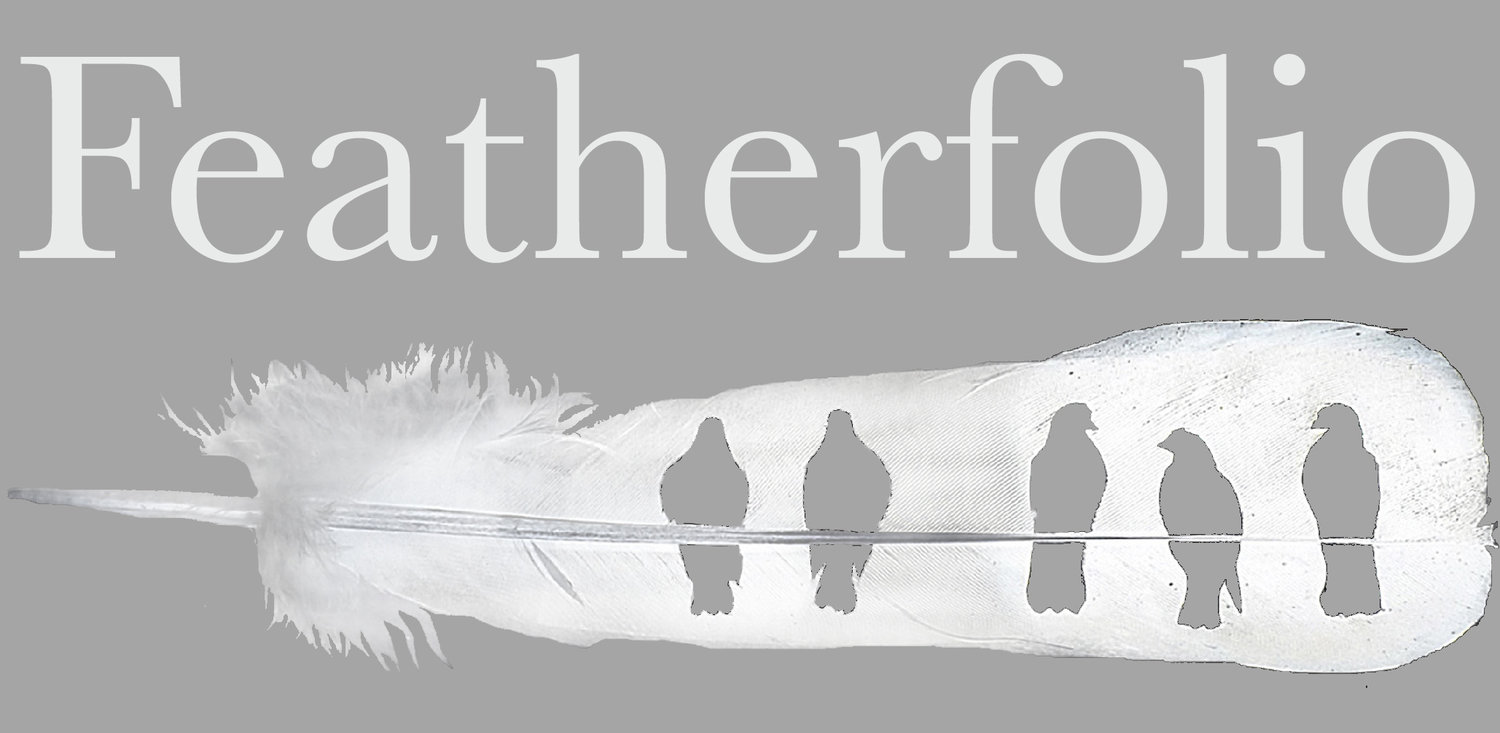Aerial Viewpoint . turkey feather and small asian jay feather . 14" x 11" . 2016
My great-great grandfather left five volumes of big “natural history” books from 1900 with thousands of photographs. Three of them picture and describe animals of the earth. Two of them picture and describe different peoples, different cultures of the world. My first reaction to these two volumes about people was distaste: these authors, pretending to be scientific (it comes off as objectively superior) wrote about societies different from their own, the same way they wrote about the animals with the same attitude. That said, I find these two books fascinated and endearing for the diversity of human cultures in 1900.
Most of the animals pictured and described in the three volumes are still with us (though often diminished in number) but most of the cultures they portray are gone or greatly diminished. Which means that the art associated with these cultures has also faded.
Art tied to culture is what art has been all about. Now with vanishing cultural diversity and living in a much more globally connected world with little in the way of a cohesive culture except consumerism, where is art? What ties creativity together? What does it mean to make art today? How can art have meaning for us?
My choice of medium has been a blessing in that feathers have been part of the human psyche and woven into our cultures forever. Though our cultural roots are withered, the feathers and what they mean to us remain. We will always want to fly. I see a larger role for natural materials including feathers in art’s future toward reviving connections with our roots and with the natural world.
The People’s Natural History of the World, 1905, The University Society, New York

